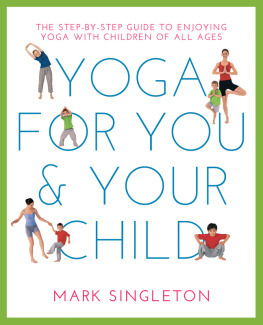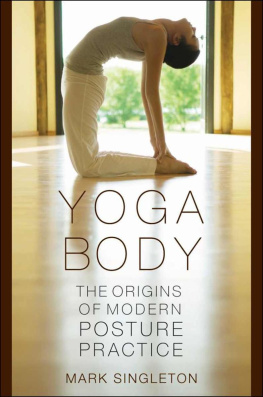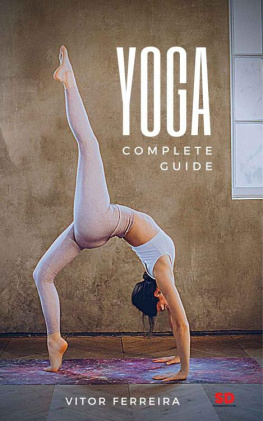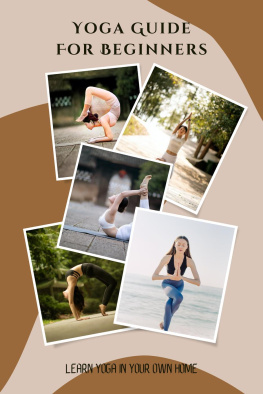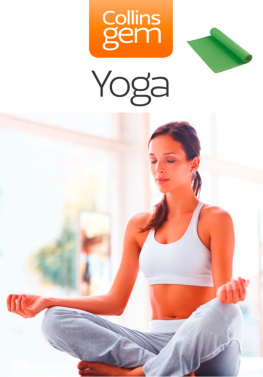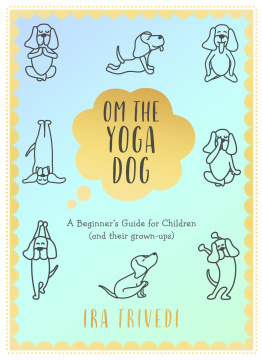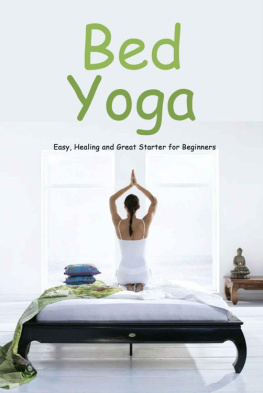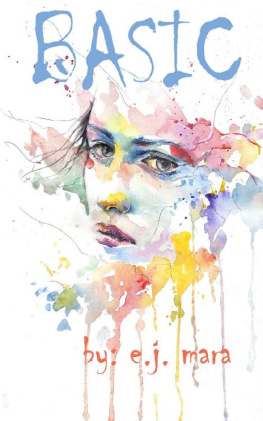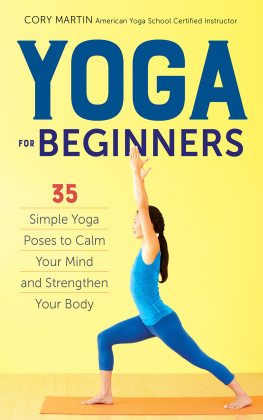
YOGA FOR YOU & YOUR CHILD

YOGA FOR YOU & YOUR CHILD
THE STEP-BY-STEP GUIDE TO ENJOYING YOGA WITH CHILDREN OF ALL AGES
MARK SINGLETON

For the children of the Alice Project.
Yoga for You & Your Child
Mark Singleton
This edition published in the UK and USA in 2016 by
Watkins, an imprint of Watkins Media Limited
19 Cecil Court
London WC2N 4EZ
First published by Duncan Baird Publishers in 2004
Copyright Watkins Media Limited 2004, 2016
Text copyright Watkins Media Limited 2004, 2016
Photography copyright Watkins Media Limited 2004, 2016
All rights reserved. No part of this book may be reproduced in any form or by any electronic or mechanical means, including information storage and retrieval systems, without permission in writing from the publisher, except by a reviewer who may quote brief passages in a review.
Managing Editor: Judy Barratt
Editor: Kesta Desmond
Senior Designer: Dan Sturges
Commissioned Photography: Matthew Ward
A CIP record for this book is available from the British Library
ISBN: 978-1-78028-875-8
10 9 8 7 6 5 4 3 2 1
Typeset in GillSans and Joanna MT
Colour reproduction by X Y Digital
Printed in China
Publishers notes:
The information in this book is not intended as a substitute for professional medical advice and treatment. If you are pregnant or are suffering from any medical conditions or health problems, it is recommended that you consult a medical professional before following any of the advice or practice suggested in this book. Watkins Media Limited, or any other persons who have been involved in working on this publication, cannot accept responsibility for any injuries or damage incurred as a result of following the information, exercises or therapeutic techniques contained in this book.
Abbreviations used throughout this book:
CE Common Era (the equivalent of AD)
BCE Before the Common Era (the equivalent of BC)
www.watkinspublishing.com

You are the infinite ocean,
In whom all the things of the world
Rise and fall like waves.
Oh child,
There is nothing to gain,
Nothing to lose,
You are already pure awareness.
Ashtavakra Gita, 15:1112
foreword
As a small child I went to yoga classes with my mother. We did huge backbends and wobbly handstands; we also roared like lions, hissed like snakes and hummed like bees! There was no performance or competition in these classes, they were just fun. Although I wasnt conscious of it, we were encouraged to be open to the present rather than to strive for a goal. There was no comparison with others in the class, you just did your own thing.
It was my good fortune that these early experiences of yoga were so positive. I was a deeply unsporty child and this could have resulted in my avoiding any kind of physical activity at all. I loved yoga, though it gave me a sense of joy in physical being and an appreciation of the power of mental focus without the competitive pressure of team games. The simple practices I learned as a child have stood me in good stead in later life.
My son Milo, now aged four and showing signs of being very sporty, also enjoys yoga. When we practise together, he likes to correct me (you can see him doing this on ) and he loves animal poses. Despite the fact that I am a yoga teacher, our sessions often end chaotically, with us both rolling on the floor in fits of giggles. We are no more a perfect TV-advertising-style yoga family than anyone else! You and your child can do yoga just as well. It can happen right now in your living room, even if you havent vacuumed the carpet. Just clear a space in the toys and begin!
Yoga provides a special time for both of you the benefits are not all one way. So often children can remind us to just play and not to try to learn or progress through conscious effort. Many parents would love to do yoga with their children but are worried about getting it right. You could not have a better guide than Mark Singleton, an unusually accomplished yoga practitioner and a patient, intuitive teacher. This book is a really comprehensive guide to practising yoga safely and creatively with a child of any age from toddler to teenager. It includes all the essential dos and donts, traditional postures that you will recognize from your own yoga classes as well as lots of imaginative new ideas to encourage exploration and experimentation. Marks good-humoured and playful teaching style comes across on every page. The gentle and generous quality of his teaching is abundantly clear in his writing.
It is always a challenge for yoga teachers successfully to integrate the philosophical concepts of yoga with the practice of postures and breathing exercises. Perhaps the greatest strength of this book is the seamless melding of philosophy with physical practice. The simple practices shown in this book can form a rock solid foundation from which a child can face the inevitable ups and downs of life. And, at the very least, you will have hours of fun roaring like a lion, hissing like a snake and humming like a bee!

introduction
When I was a child I liked to do lotus pose and walk around the living room on my knees. I was also partial to standing on my head, walking on my hands, arching my back and walking upside-down like a crab. What has stayed with me from those days is the delight that I felt at the unusual things I could do with my body. Back then, of course, I didnt realize that most of these shapes and balances were my own versions of classical yoga postures.
Before I discovered yoga, I had a long interest in education and holistic learning. I taught literature to children in France and the UK, and studied alternative approaches to education. What I discovered was that school children were mostly treated as a head, shoulders, brain, and a hand to write with; the rest of them remained hidden behind a desk and a curriculum. When I began to practise yoga I glimpsed a way to help children become body, heart and mind (and all their other aspects) at the same time.
I truly began to understand the potential of yoga for children when I went to teach at the Alice Project, an education experiment in northern India based on the principles of yoga. A high percentage of the children here came from severely disadvantaged backgrounds, and many had been rejected from other schools, either for anti-social behaviour, or because they were too poor to pay the registration fees. After a couple of years at the Alice Project the self-esteem, emotional intelligence, IQ, social skills and academic performance (all closely monitored by the schools psychologist) of almost all the children improved dramatically. In comparison with their peers from neighbouring schools, I found the children extraordinarily friendly, open and aware. I can put this down only to the profoundly healing influence of yoga the children of the Alice Project not only practised postures, breathing and meditation before class every day, but all of their lessons were interwoven with exercises and meditations adapted from the yoga traditions.
Next page
